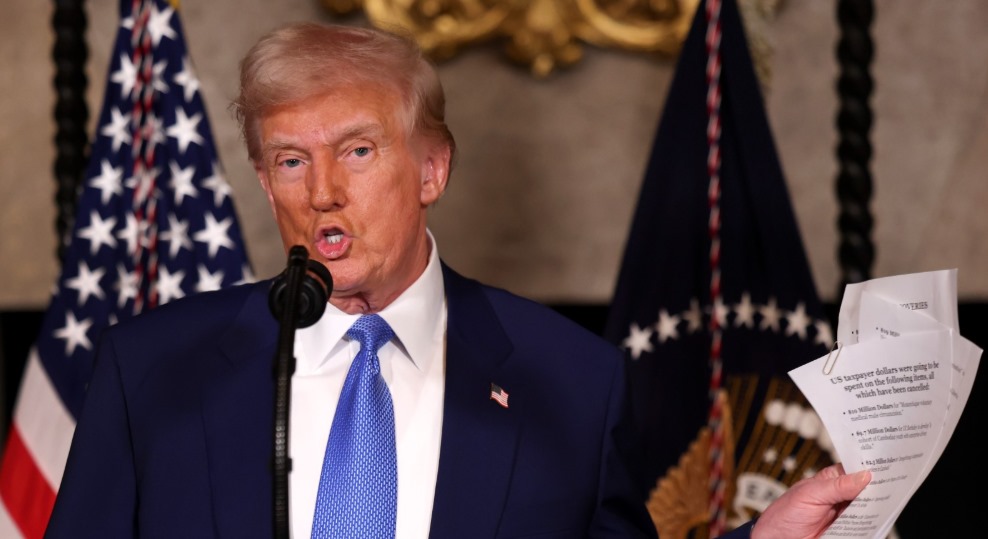In a significant development that has captured the attention of political observers and industry insiders alike, Elon Musk has confirmed that he will be stepping down as the head of the Department of Government Efficiency (DOGE) after fulfilling his 130-day term. This announcement marks an early exit for the billionaire entrepreneur from an organization that operates outside of traditional government channels. With DOGE tasked with identifying and cutting wasteful federal spending, Musk’s departure leaves many questions about the organization’s future and its ability to continue its mission without its once-prominent figurehead.
I. A Temporary Initiative with Long-Standing Ambitions
A. The Vision Behind DOGE
The concept behind the Department of Government Efficiency was ambitious from its inception. Designed as an independent entity, DOGE was created with the primary goal of uncovering and eliminating wasteful spending across the federal government—a target that, if fully achieved, could lead to savings approaching the elusive $2 trillion mark. Elon Musk, renowned for his outspoken views and unconventional approach to management, was chosen to lead this initiative, largely due to his track record of challenging established norms and his ability to leverage cutting-edge technology to solve complex problems.
Musk’s tenure was always intended to be temporary. In fact, he himself outlined a plan that would see the organization reach its critical benchmarks by 2026. The hope was that by aggressively pursuing efficiency, DOGE would streamline government spending and pave the way for a leaner, more accountable bureaucracy.
B. The Role of a Divisive Figurehead
From the outset, Musk’s leadership of DOGE was met with mixed reactions. While many praised his innovative ideas and determination to cut waste, others criticized his methods and pointed to the relatively junior composition of DOGE’s workforce as a potential liability. As the organization embarked on its mission, Musk’s public persona—often polarizing and unapologetically blunt—became a focal point of both support and criticism.
Critics noted that his approach had led to internal friction, with some pointing to a lack of experienced personnel within DOGE to properly implement the sweeping changes proposed. Despite these concerns, Musk’s presence at the helm was seen as a necessary catalyst for driving rapid reform in an otherwise slow-moving system.
II. The 130-Day Mandate and Early Departure
A. Fulfilling a Limited Term
Elon Musk’s appointment as a “special government employee” came with a strict limitation: he was authorized to work in this role for only 130 days a year. With President Donald Trump having been in office for 72 days at the time of reporting, Musk’s upcoming departure aligns with the stipulated term, marking the conclusion of his official duties with DOGE for this cycle.
The regulatory framework that governs his involvement is clear. His position was designed to be transient, a means to inject fresh ideas and a sense of urgency into government efficiency initiatives without creating a permanent bureaucratic fixture. Despite this, his impact has been significant enough to raise questions about how DOGE will function in his absence.
B. The Implications of an Early Exit
Musk’s decision to step down has ignited a debate about the future direction of DOGE. With one of its most dynamic and controversial leaders now departing, the organization is left with the challenge of maintaining momentum and ensuring that its ambitious goals remain within reach. Critics have expressed concerns about the continuity of leadership and the potential for internal instability, particularly given the relatively inexperienced team that currently comprises DOGE.
At the same time, supporters argue that the departure may offer an opportunity for DOGE to evolve beyond a single personality-driven initiative. By removing the divisive figurehead, the organization might be better positioned to institutionalize its processes and create a more sustainable framework for ongoing reform.









